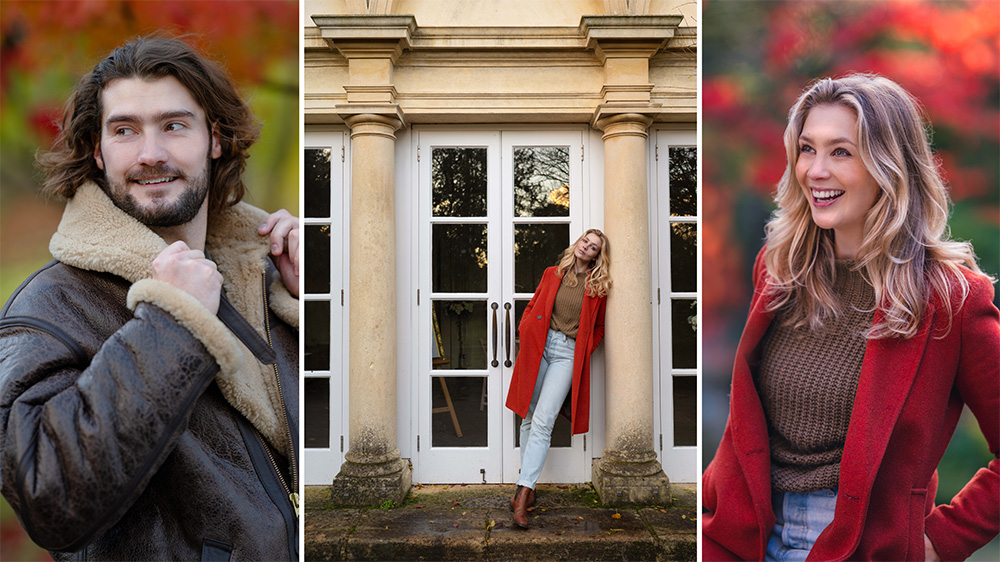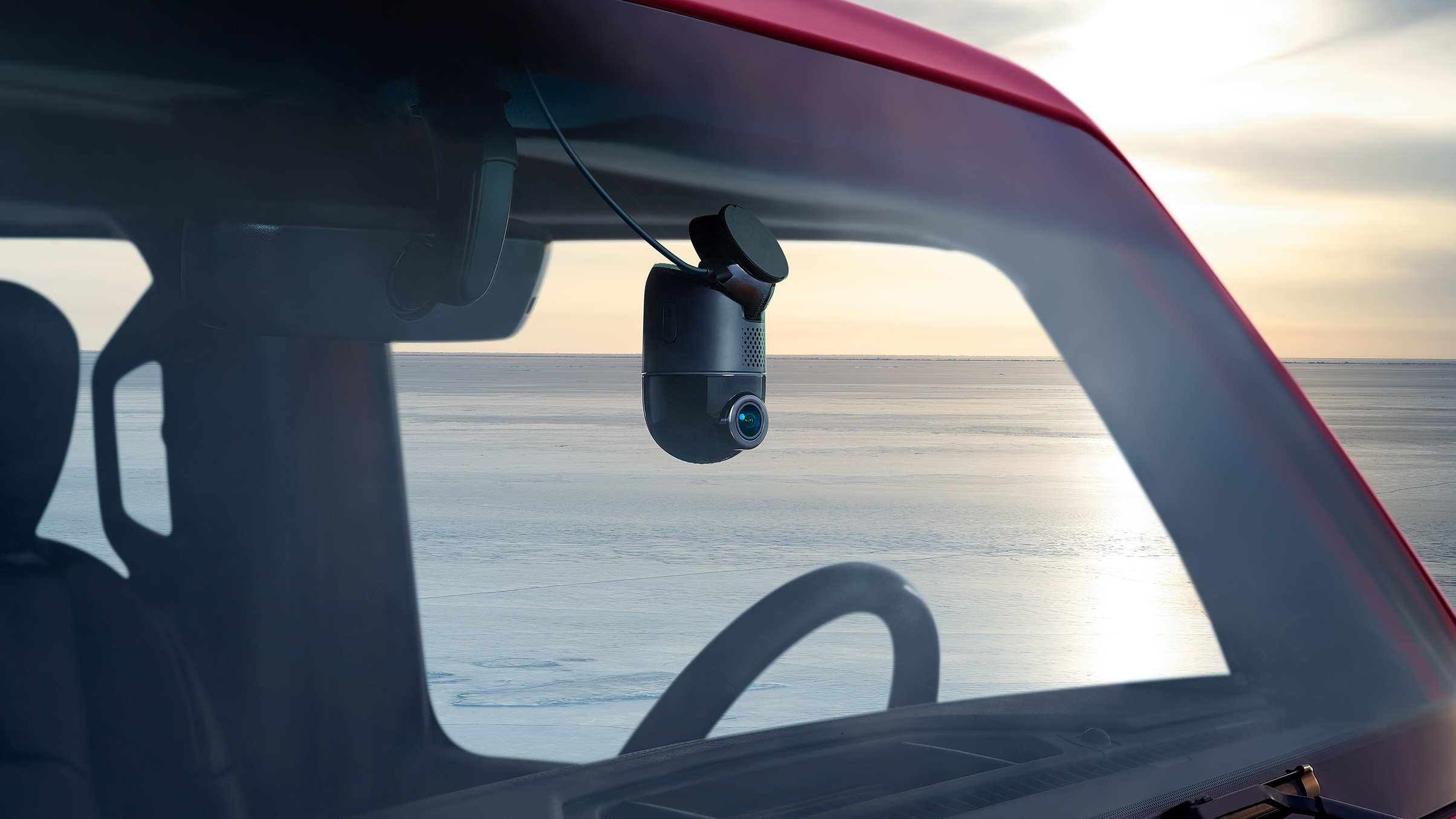You buy your first fast lens and now your camera aperture is fixed at f/1.8 forevermore – sound familiar? I used a wide-open aperture because I could, I never stopped to think if I should
When I got my first 50mm f/1.8 nifty fifty lens, it didn't occur to me that I shouldn't use it wide open at f/1.8 all the time

When I think back to getting my first interchangeable lens camera, it’s not the best camera for beginners that brought with it the biggest changes, but my first lens with a fast aperture.
I, like many Nikon photographers, picked up a Nikon AF-S 50mm f/1.8G as my first super-fast prime, a legendary little ‘nifty fifty’ that’s compact, lightweight, and most importantly, affordable.
Shooting with the aperture wide open felt like a defining moment in my photography journey. Finally, I could recreate those blurry, bokeh-filled backgrounds I’d seen time and again in magazines and advertising. This was the reason why I’d bought a real camera. But although it wasn’t a conscious decision, my propensity for wide apertures would kickstart a rather limiting habit of shooting almost everything at f/1.8. If that sounds at all like you, here’s why it’s something you might want to avoid…
I can’t blame this habit entirely on a quest to blur every background. As photographers, we’re told time and again to keep our ISO as low as possible. And widening my aperture to f/1.8 was a sure-fire way of keeping my ISO in check. But shooting wide open presents a string of other potential problems. Firstly, every lens has a sweet spot, an aperture where it renders its sharpest images. And although this varies from lens to lens, typically, wide-open apertures tend to negatively affect image quality. Now, with most lenses nowadays, that drop in image quality will be negligible, but it’s worth remembering.
A more common problem when shooting wide open is missing the focus point of the image when focusing. You see, shallow depths of field mean a smaller area of focus, so if you’re off by even a little bit, your intended focal point can end up soft. But all of these technical limitations pale in comparison to the real problem I had when constantly shooting wide open. My images lacked variety.
Don’t get me wrong. There’s nothing inherently wrong with shooting wide open, per se. But if, like me, your goal is simply to render the subject sharp and blur out the background, you’re not going to end up with a varied and interesting portfolio. Now, I feel the need to caveat my point here by acknowledging that some genres (wildlife, sports, and astro) rely on wide-open apertures due to working in low light and with very long lenses.
And yes, there are loads of talented photographers out there who favor shooting at wide-open apertures and use that limitation to produce highly creative collections of jaw-dropping images. I’m not talking about those photographers. I’m predominantly talking about beginners and intermediates, where there’s a temptation to lean on a wide-open aperture and – as was certainly the case with me – hide behind it.
Get the Digital Camera World Newsletter
The best camera deals, reviews, product advice, and unmissable photography news, direct to your inbox!
It reminds me of learning to play the guitar. All I wanted to do was pick up an electric guitar, drench it in distortion, and rock out. But I soon found out that the distortion was covering up a multitude of sins and allowing me to pick up some bad habits. My solution was to practice with no distortion at all. It sounded awful at first, but I soon learned the discipline I needed to progress.
So, I found a similar fix with my photography. I started to challenge myself to shoot with my ‘nifty fifty’ at wider apertures. This got me to really consider the background of my photos more, and exactly what I wanted to render in focus. Only once I’d learned this skill could I return to shooting with wide-open apertures with intent. And that’s the lesson here, there’s nothing wrong with shooting at wide open or narrower apertures. If you have a creative explanation as to why you’re shooting at f/1.8, f/8, or f/11, that’s all that matters.
You might also like...
Want to know more about f-stops? Take a look at wide vs narrow aperture or diffraction, aperture and resolution. And if you want to sure up your core photography theory, this is how I learned the exposure triangle and how I use it to shoot in manual mode.

Mike is Digital Camera World's How To Editor. He has over a decade of experience, writing for some of the biggest specialist publications including Digital Camera, Digital Photographer and PhotoPlus: The Canon Magazine. Prior to DCW, Mike was Deputy Editor of N-Photo: The Nikon Magazine and Production Editor at Wex Photo Video, where he sharpened his skills in both the stills and videography spheres. While he's an avid motorsport photographer, his skills extend to every genre of photography – making him one of Digital Camera World's top tutors for techniques on cameras, lenses, tripods, filters and other imaging equipment – as well as sharing his expertise on shooting everything from portraits and landscapes to abstracts and architecture to wildlife and, yes, fast things going around race tracks...
You must confirm your public display name before commenting
Please logout and then login again, you will then be prompted to enter your display name.
